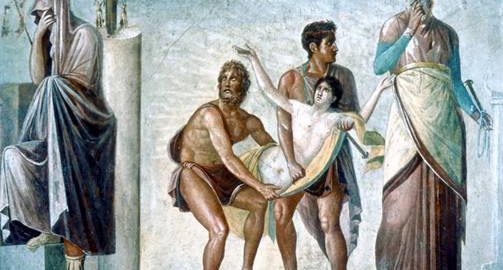Together with the introduction in 212 CE the so-called edict of Caracalla (Constitutio Antoniniana) all free Romans (apart from peregrini dedicti – free foreigners) have been granted civil rights. It seemed that the emperor from that moment ruled over one and a common category of subjects. However, this is not true.
It is not entirely certain when the next categorization of the population was introduced; it probably came to life gradually, at the beginning of the reign of the Severan dynasty. It is certain, however, that Roman citizens began to divide for so-called honestiores and humiliores. The first group focused people on the so-called “noble” birth, among others: senators, high officials, municipal councilors, the emperor’s wealthiest emissaries, as well as officers of the highest military rank. The second group was constituted by the rest of the citizens: free peasants, coloni, freedmen or craftsmen.
Thus, it was decided to depart from the main rule of Roman legislation, saying that every citizen is treated in the same way. From now on, for example, a member of the group humiliores for a heavy crime was killed by wild animals or tortured; in turn, honestiores the worst could be sentenced to quick death. Honestior was sent to exile, and humilior went to mines, where he usually ended his life. Moreover, honestior could appeal against the sentence to the emperor (omitting the images of the majesty of the ruler or treason).
It is easy to notice that unequal treatment, de facto survived the fall of the Empire in 476 CE and it was successfully continued in the Middle Ages.






